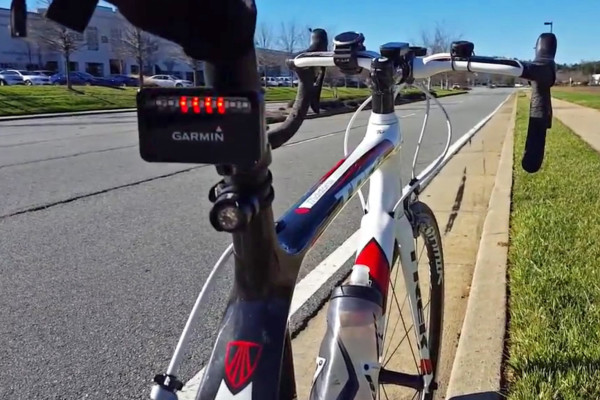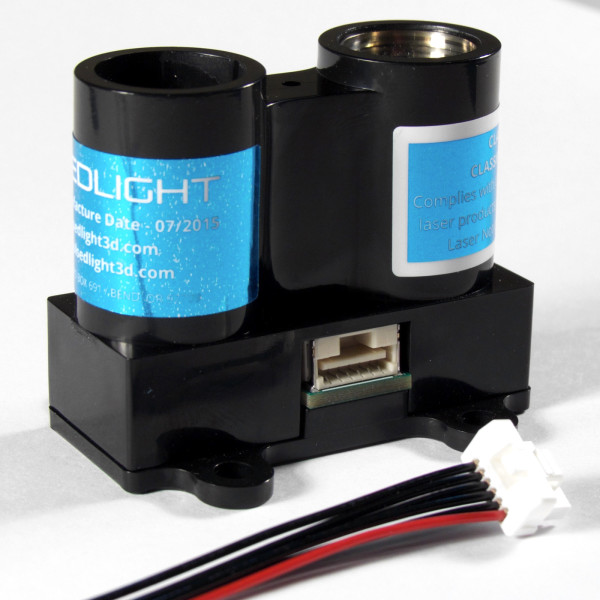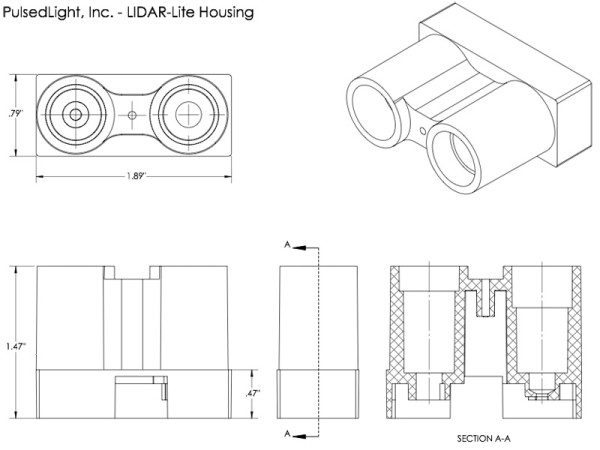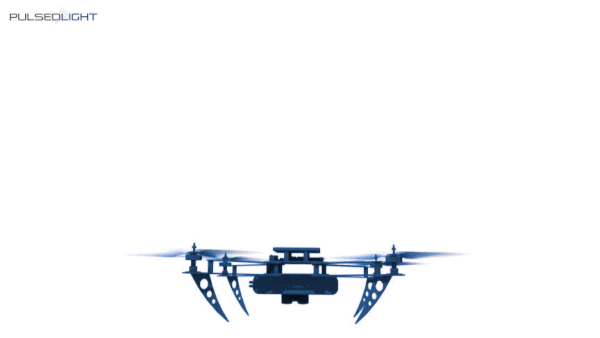About six months ago after having bought iKuba, Garmin put out their version of the technology in the Varia rearview radar system. We started riding with it just a few weeks ago, and can already see how it could make some people feel a lot safer riding on busy roads. The Varia system works by having a wireless radar detection system that mounts on your seatpost and senses vehicles approaching from behind (140m/460′ range), then communicates that to either a basic head unit, a more advanced ANT+ Edge cycling computer like the 1000, 1000 Explorer, 520, or 25, or soon the Varia Vision heads-up display. But the radar solution requires a fairly bulky secondary detection device that takes the form of a big tail light (but doesn’t offer much in the way of visibility) and is limited in what it can show.
Now Garmin has made another tech acquisition, snatching up the Bend, Oregon based PulsedLight who design and produce optical distance measurement gear using LIDAR tech. What makes them and their intellectual property unique is that first it uses lasers (and lasers are cool), which can offer better resolution than RADAR (roughly read as: accuracy) for detecting objects with a greater range, and that PulsedLight has developed optical measurement devices significantly smaller and cheaper than their competition.
What does Garmin plan to do with the new technology? Beam past the break with us for some more details on the tech, where PulsedLight see it going, and some more speculation…
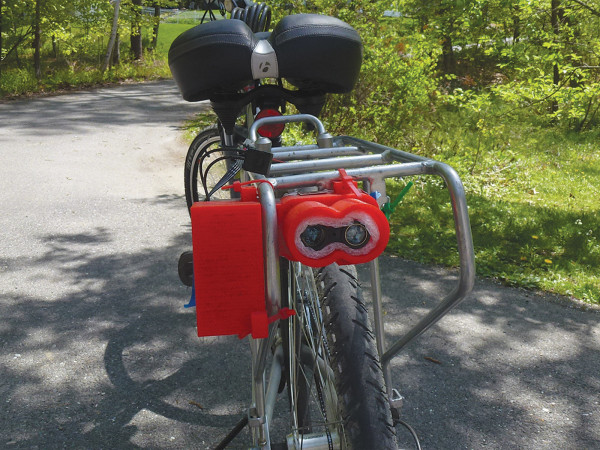
Garmin’s key focus now is on producing devices to pinpoint location, so it makes sense that their CEO has said that this “optical distance measurement technology fits in nicely with Garmin’s core competencies”. The question remains how they will implement it across their auto, aviation, marine, fitness, and outdoor sport sectors.
For cycling, it is pretty easy to see it in rear-facing traffic sensing just like their Varia radar. In fact we’ve already seen an application from tinker/engineer/maker blogger Paul Wallich of invisibleturtles.org. He fabricated this contraption and published it in IEEE’s Spectrum magazine and site looking for a better road proximity setup.
While we first speculated that Garmin might put radar into the head units, our next thoughts would be that now they are going to integrate lidar there instead for even better situational awareness and accident avoidance. The 3D mapping capabilities of PulsedLight technology could mean we could end up with a live-updating map of the road behind us, showing the location and speed of cars approaching in our lane and those next to us. The LIDAR-Lite product they are currently selling to the maker community is likely too big to fit in any Garmin devices. (The one showed in the user-made prototype above.)
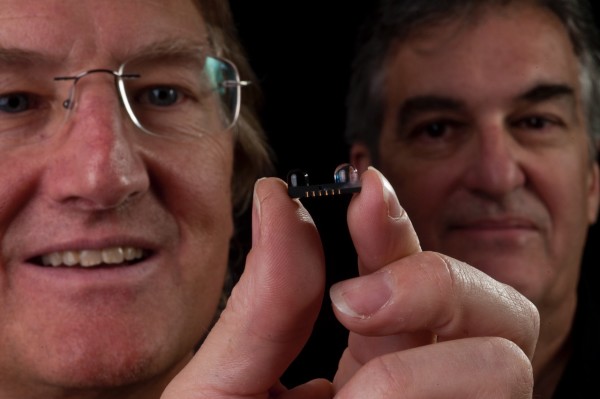
But a year ago PulsedLight were already talking with StartupBend about having a tiny LED-based version that would certainly fit in any electronics we use on the bike, and a separate even a bigger range product that could sense out to 2000m/1.25mi. Being light-based, it also needs the same line of sight as the radar solution, so for now it looks like something is still going to end up on the seatpost for rearward detection, instead of getting hidden in the computer at the handlebar. They definitely see the tech even fitting into the slim form factor of smart phones and tablets down the road, so who knows how that will go?
Where else is PulsedLight’s LIDAR tech headed? Drones!
We just saw an announcement from CES about Intel’s Real Sense computing technology to make the drones self-aware aware of their surroundings. PulsedLight has been putting a good bit of development into using their tech so drones can accurately track and respond to the ground via 2D distance measurement, but can also combine with more advanced 3D mapping for object and collision avoidance with the addition of some advanced computing control. Does this mean that Garmin might be jumping into the drone market too?
They already have started to take on GoPro in the action cam segment with the VIRB XE, what’s stopping them from strapping one of those onto a drone if their new subsidiary PulsedLight already has one lying around. Garmin’s specialty is in location tracking, so who better to make sure that your new VIRB-equipped drone knows where your Edge-equipped bike is, and tracks it. Now that the PulsedLight tech will keep it off the ground where it belongs and might be able to follow you through the forest, avoiding trees, why not?!
